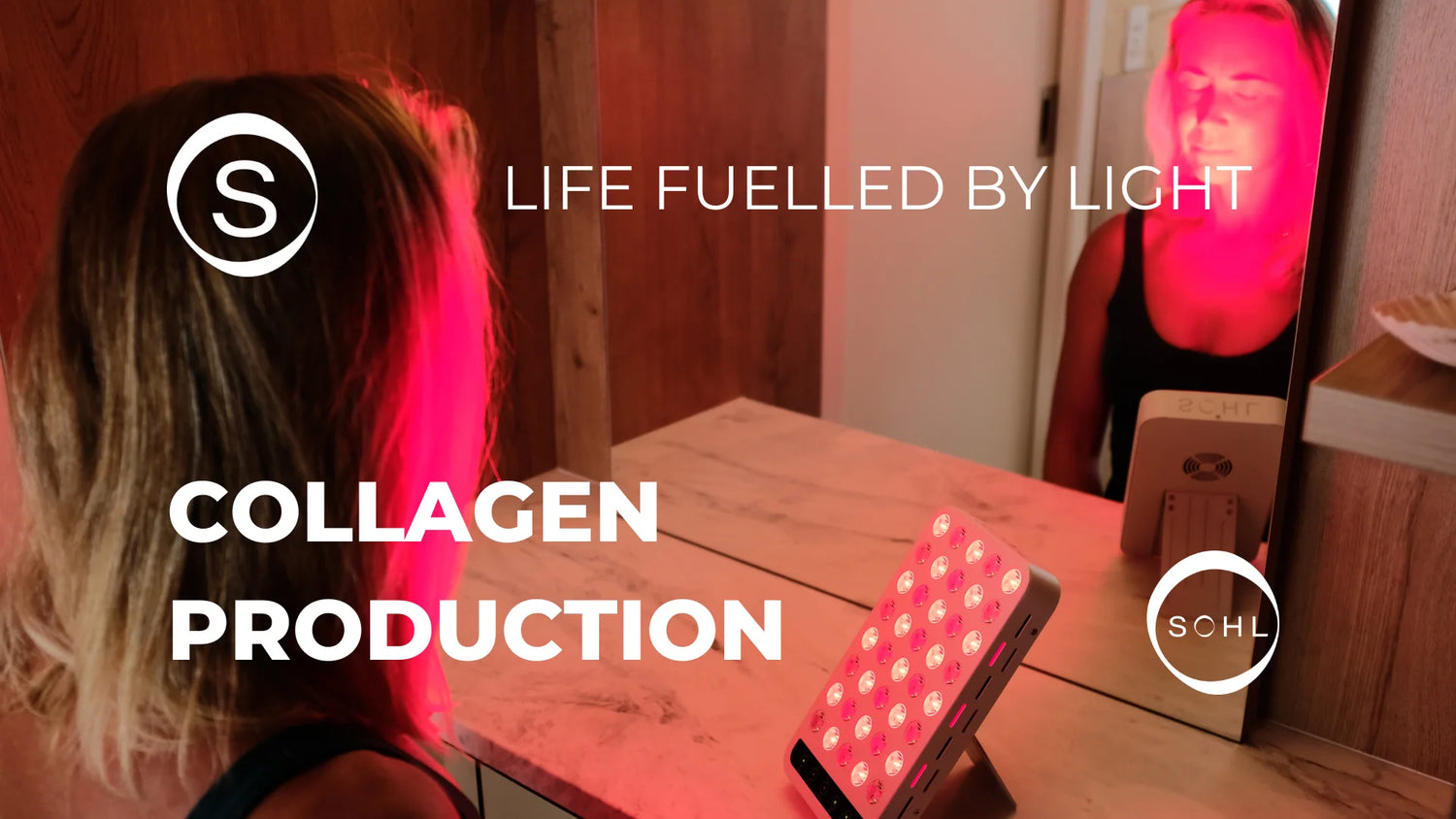Red Light Therapy (RLT) has been a growing trend in the world of wellness and fitness over the past few years. Initially used for skin rejuvenation, RLT has now made its way into the world of strength training. RLT is a non-invasive treatment that uses red and near-infrared light to stimulate cellular function in the body. In this blog post, we will explore the use of RLT for strength training and how it can benefit athletes.
Red Light Therapy and Muscle Recovery
One of the primary benefits of RLT for strength training is its ability to promote muscle recovery. RLT helps to increase blood flow to the muscles, which can help to speed up the healing process. The increased blood flow also helps to remove waste products from the muscles, which can lead to faster recovery times. Additionally, RLT has been shown to reduce inflammation in the muscles, which can also aid in recovery.
Red Light Therapy and Muscle Growth
Another benefit of RLT for strength training is its ability to promote muscle growth. Studies have shown that RLT can increase the production of ATP (adenosine triphosphate), which is the energy currency of the body. ATP is used to power muscle contractions, and an increase in ATP production can lead to increased muscle strength and size.
Red Light Therapy and Endurance
RLT has also been shown to improve endurance in athletes. By increasing blood flow to the muscles, RLT can help to improve the delivery of oxygen and nutrients to the muscles, which can lead to improved endurance. Additionally, RLT has been shown to increase the production of nitric oxide, which can help to dilate blood vessels and improve blood flow throughout the body.
Red Light Therapy and Joint Health
RLT has been shown to have positive effects on joint health as well. By reducing inflammation in the joints, RLT can help to reduce pain and stiffness, which can be beneficial for athletes who are recovering from injuries or who suffer from chronic joint pain. Additionally, RLT has been shown to increase collagen production, which can help to strengthen and protect the joints.
Red Light Therapy and Mental Health
Finally, RLT has been shown to have positive effects on mental health as well. By increasing the production of endorphins, which are the body's natural painkillers, RLT can help to reduce stress and improve mood. Additionally, RLT has been shown to increase the production of serotonin, which is a neurotransmitter that is responsible for regulating mood, appetite, and sleep.
Conclusion
In conclusion, Red Light Therapy can be an effective tool for athletes who are looking to improve their strength, endurance, and overall performance. By promoting muscle recovery, muscle growth, and joint health, RLT can help athletes to train harder and recover faster. Additionally, RLT has positive effects on mental health, which can be beneficial for athletes who are dealing with the stress of competition. If you are an athlete looking to take your performance to the next level, consider incorporating SOHL into your training regimen.





